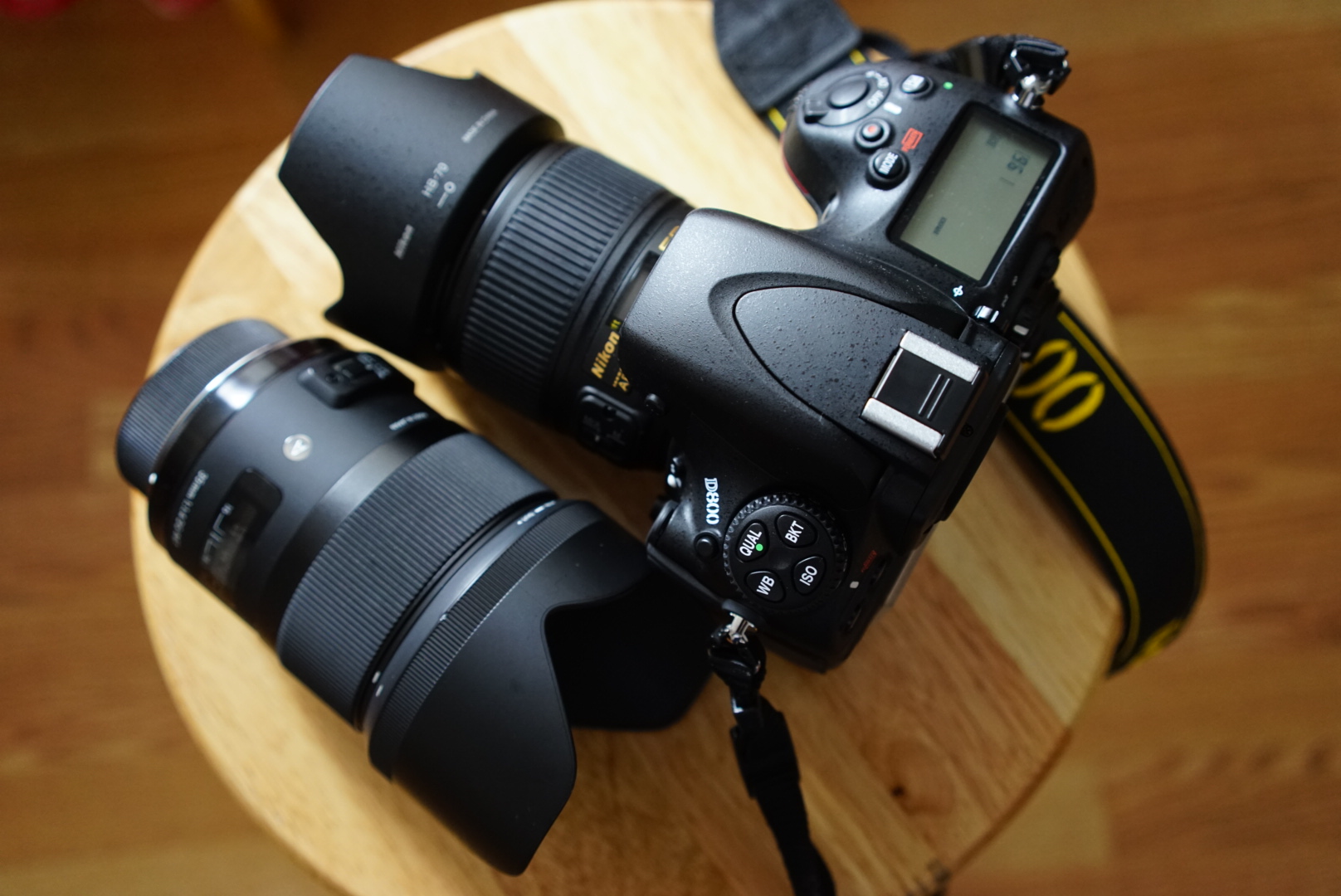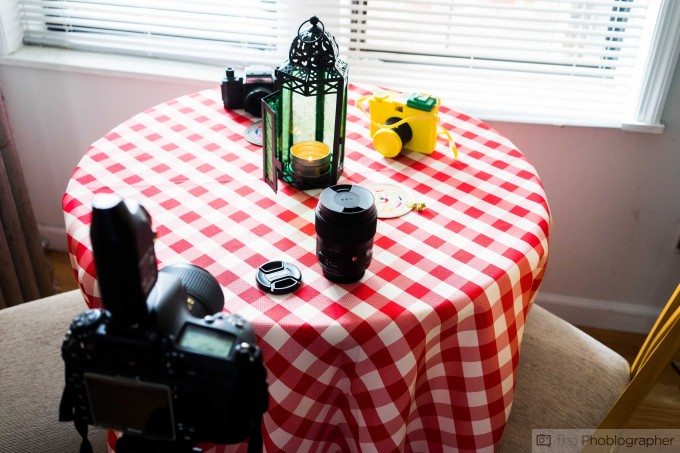Though DxOMark stated a while back that Nikon’s new 35mm f1.8 G is sharper than its f1.4 brother; we believe that the true test is with the Sigma’s 35mm f1.4 DG–which is the king of the crop in our eyes. And so while reviewing the new Nikon lens, we asked Sigma to loan us one of their lenses in Nikon mount for a head to head comparison.
So who came out on top?
Tech Specs
Sigma 35mm f1.4 DG
Tech specs taken from B&H Photo
| Features | |
|---|---|
| Image Stabilization | No |
| Autofocus | Yes |
| Physical | |
|---|---|
| Filter Thread | Front:67 mm |
| Dimensions (DxL) | Approx. 3.03 x 3.70″ (7.70 x 9.40 cm) |
| Weight | 23.46 oz (665 g) |
Nikon 35mm f1.8 G
Tech specs taken from B&H Photo
| Features | |
|---|---|
| Image Stabilization | No |
| Autofocus | Yes |
| Tripod Collar | No |
| Physical | |
|---|---|
| Filter Thread | 58 mm |
| Dimensions (DxL) | Approx. 2.83 x 2.81″ (72 x 71.5 mm) |
| Weight | 10.76 oz (305 g) |
Ergonomics
When you look at both the Sigma 35mm f1.4 and the new Nikon 35mm f1.8 G meant for full frame cameras, you can easily notice that Sigma’s is larger. Additionally, the Sigma lens comes with a larger lens hood but with a slightly smaller focusing ring despite its overall beefier and better feel. Sigma’s offering is also made of metal while Nikon’s lens is made of plastic on the outside.
If we’re talking about overall feel, then Sigma wins with no questions asked.
Autofocus
During our testing period, we found Sigma’s 35mm f1.4 to not be as accurate as Nikon’s lens. This only makes sense though as one is a first party and the other is third party. In terms of focusing speed though, they’re both on par and just as fast–so if you’re looking to capture a scene at a wedding, you won’t have issues with speed but instead with accuracy.
To clarify, when we told the Sigma lens to focus on an area, it would instead focus on something a bit behind it. This isn’t a problem that required AF Fine Tuning, but instead just required us to refocus.
Image Quality
Both lenses were put into two different tests. Each test required different exposures, but in both instances both lenses were exposed by using the same exposure values. We tried to balance the ambient lighting of a New York City apartment at ISO 100 along with flash output from the Adorama Streaklight being bounced off of a wall.
The images were then taken into Adobe Lightroom 5 where the exposures on both images were raised by a stop, the clarity bumped by +10, and the white balance was equalized–but they were only off by one or two degrees anyway.
Both lenses were also focused on the same area.
Test 1
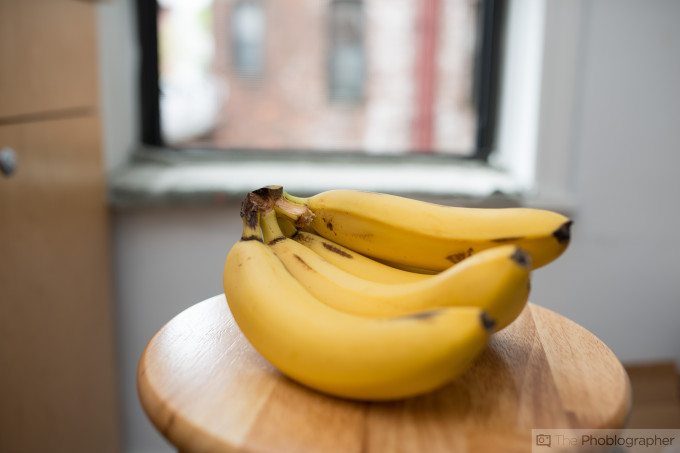

Test 2
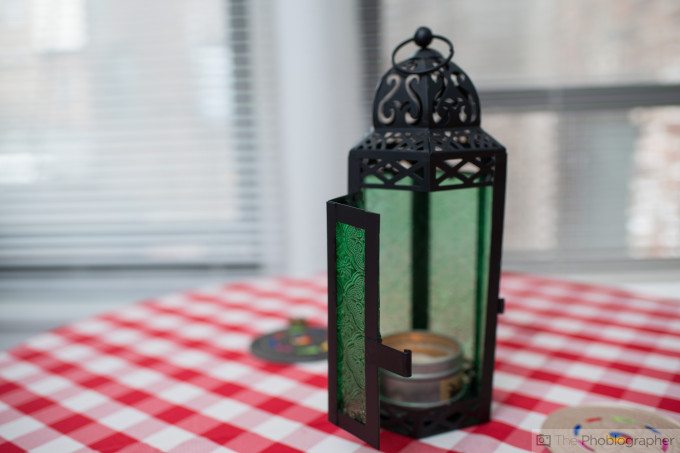
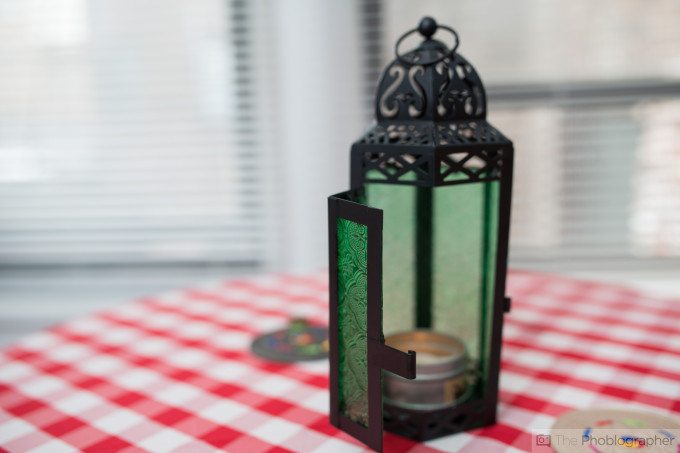
Conclusions
Though this is a very unscientific test, we can draw a couple of conclusions from it.
– Nikon’s 35mm f1.8 G is about as sharp as the Sigma; but Sigma still takes the slight edge.
– Sigma’s 35mm f1.4 also has better bokeh
– Distortion control on the Nikon lens seems to be better.
– Nikon’s color is more true to life where Sigma adds a bit more contrast and therefore also more saturated colors.


